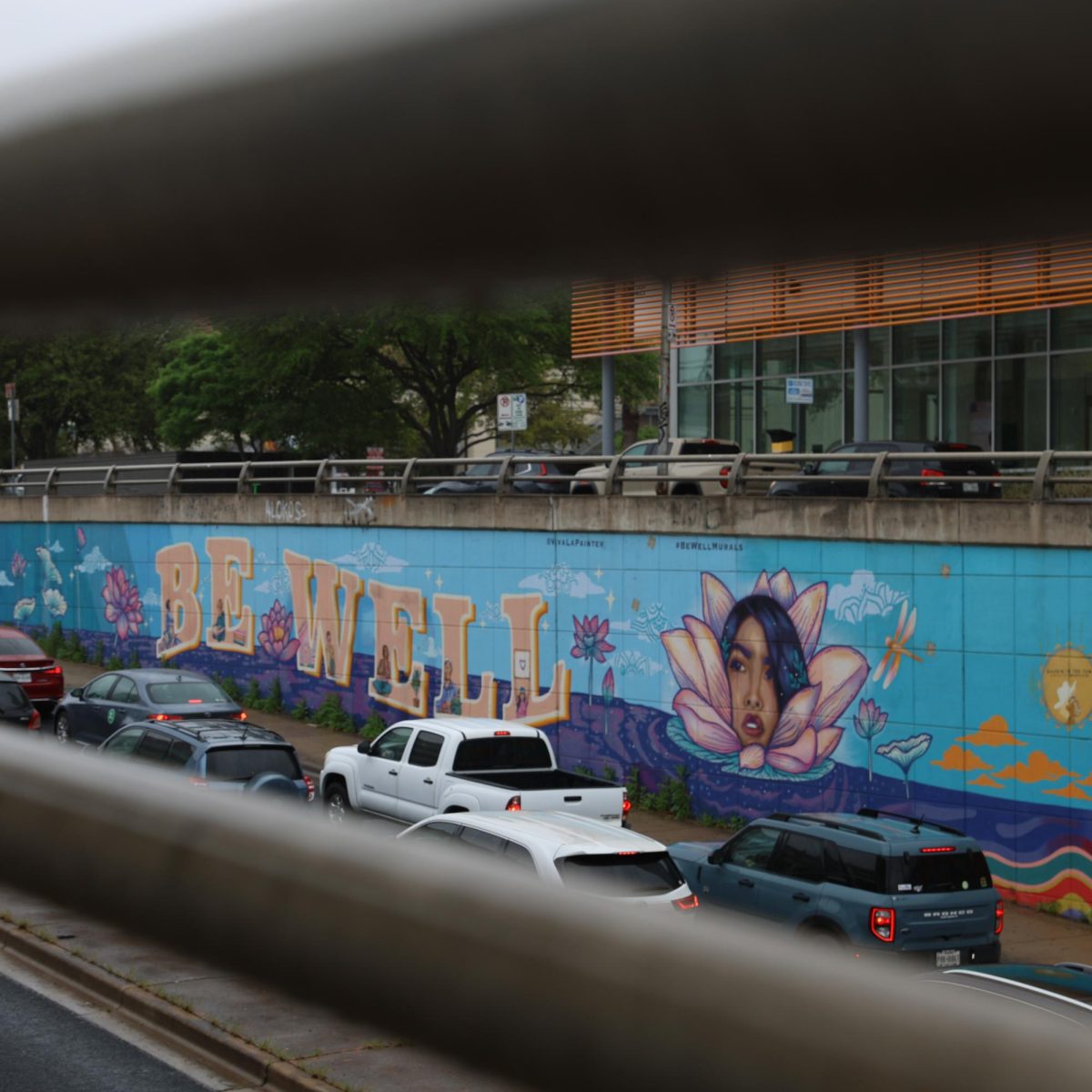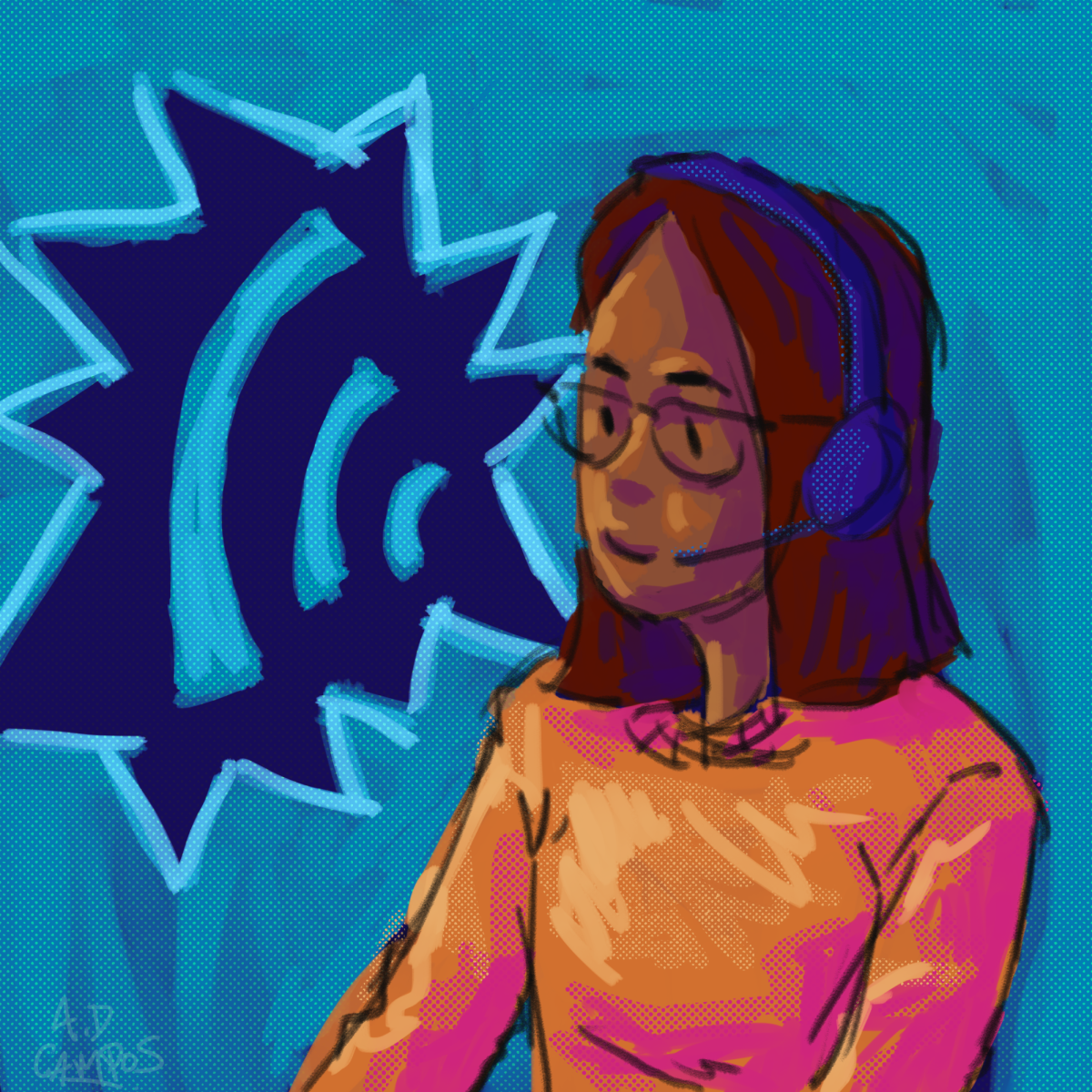Officials from Project Connect, a transportation project designed to reduce traffic congestion and improve transportation methods in Austin, defined and evaluated final alternative modes of transportation for the project and proposed 16 locations for stops — including three by the University — along urban rail or bus routes in an advisory meeting Friday.
The Central Corridor Advisory Group, which examines ways to increase transportation service and connectivity around central Austin, focused on defining certain parameters, such as number of stops and system alignments for both urban rail and bus rapid transit, which are the two modes of transportation being considered.
John-Michael Cortez, Capital Metro community involvement manager, said the committee surveyed groups around Austin whom the project would affect in order to determine the most beneficial places for route stops.
“We are making sure to reach out to diverse communities and get as many different perspectives as we possibly can,” Cortez said.
Scott Gross, program manager for Austin urban rail, said the routes would be broken up into three large sections — East Riverside, downtown to UT and Hancock to Highland — with five or six stops in each section.
“We identified a base set of 12 stations and then a broader set of 16 stations,” Gross said. “The evaluation we’ve done thus far points to more stops as better. The advantage is, by having fewer stops you have travel time savings, [but] those advantages are not enough to outweigh the greater access that having more stops provides.”
Proposed stops around the University include locations near Dean Keeton Street, Dell Medical School and Darrell K Royal-Texas Memorial Stadium. The latter would require the group to carefully consider how the routes would interact with student traffic on campus, said Steve Roth, technical services manager for the committee.
“San Jacinto is envisioned to become a transit corridor,” Roth said. “There are a couple of considerations that would need to happen related to crowd control and pedestrian activity, particularly on game day.”
Advisory group member Martha Smiley said the stop at Dell Medical School would play a crucial role in ensuring students could access campus easily.
“That’s where the engineering and science area of the campus is,” Smiley said. “It’s critical to make that connection.”
The committee also evaluated options to connect South and Central Austin by crossing Lady Bird Lake, which they have discussed in previous meetings. Mayor Lee Leffingwell said he favored a tunnel that would go under the lake, even though it would cost more than the first option, a bridge over the lake.
“Building the tunnel eliminates many above-ground problems we would face, such as slope grade and pedestrian traffic,” Leffingwell said. “Twenty years into the future, we don’t want to say, ‘We should have done this years ago.’”
According to Kyle Keahey, lead consultant for the project, the committee will continue to finalize station locations and lake crossing options for their next meeting on April 11, with a final evaluation of the project presented in May and a council vote for funding in June.



















